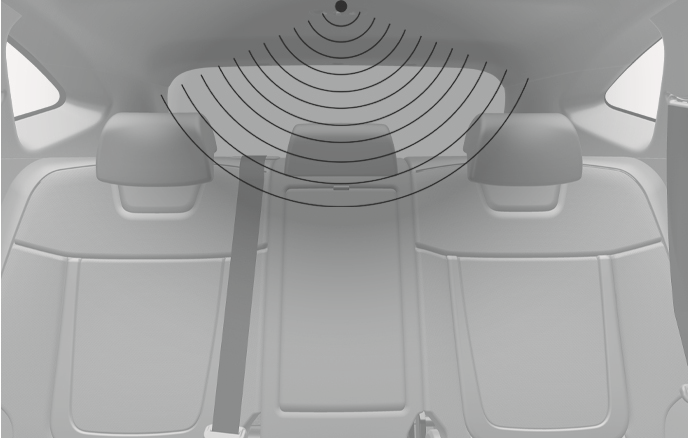Advanced Rear Occupant Alert precautions

2C_RearSeatROASensor
-
Make sure that all the windows are closed. If the window is open, the alert may operate by the sensor detecting an unintended movement (for example, wind or bugs).
-
The system is intended to detect the movement of infants sitting in the rear seats. But a movement detected in the driver or passenger seats may cause a false alert.
-
If the doors are locked with a passenger inside the vehicle, the alert may operate.
-
An alert can occur if there is an impact on the vehicle.
-
If boxes or objects are stacked in the vehicle, the system may not detect passengers.
-
The alert may operate when the vehicle is pushed or shaken, or while washed, or by surrounding noise or vibration after the vehicle is locked.
-
The alert may operate when there are metallic or liquid objects in the vehicle.
Even if your vehicle is equipped with Advanced Rear Occupant Alert (ROA), always make sure to check the rear seats before you leave the vehicle.
Advanced Rear Occupant Alert (ROA) may not operate when:
-
Movement does not continue for a certain period of time.
-
A child is not seated in a child restraint system.
-
The detection may be weak if the signal is obstructed by the vehicle seat or Child Restraining System (for example, child is restrained in the forward facing position).
-
The rear passenger is a child over 6 years.
-
The rear passenger is covered with a fabric containing metallic substance such as a blanket.
-
An object in the vehicle blocks the sensor.
-
The sensor is contaminated by foreign material.
-
An animal at the rear seat is not large enough to be detected by the sensor or there is hardly any movement.
-
Attaching objects or modifying the interior ceiling, or the interior ceiling is deformed or damaged.
-
There are electronic interference around the vehicle.
-
Other environmental reasons that may affect the system.